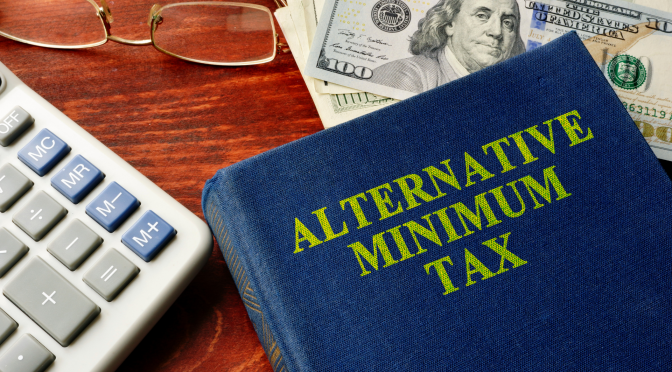The Alternative Minimum Tax, also known as the AMT, is a tax levied on Americans with high incomes. The purpose of this tax is to ensure that the richest Americans don’t escape paying their fair share. However, it is a complicated tax, and the rules are constantly changing. As such, it is important to understand the basics before you dive in.
What is the Alternative Minimum Tax?
The Alternative Minimum Tax, or AMT, is a parallel tax system created by the US Congress during the Nixon Administration. It was imposed by the Internal Revenue Code, which was enacted in 1969 to prevent wealthy individuals from avoiding their tax obligations through excessive deductions. This federal tax is designed to prevent high-income taxpayers from paying too little in taxes.
The Alternative Minimum Tax is imposed on some taxpayers to ensure that they do not benefit from certain tax breaks. Even though deductions reduce the amount of income subject to the regular income tax, AMT introduces a parallel tax that is calculated on the amount of income that exceeds the regular tax cut slab. This tax only applies to individuals whose income exceeds certain levels. s
Who are not exempted from paying this tax?
The Alternative Minimum Tax (AMT) is one of the most contentious taxes in the US tax code, with all of its requirements and exceptions. While the AMT was originally designed to punish the “very wealthy” taxpayers who could afford to hire expensive, high-end accounting and tax professionals, it now affects millions of taxpayers at every income level. Given that, there’s no doubt it is a major drag on the US economy.
What happens when you earn a lot of income, but there is not enough scope in the federal tax brackets to let you pay the full income tax? The result is the Alternative Minimum Tax (AMT), which works like this: your regular income tax rate minus a standard deduction, is adjusted to include a collection of taxes that make up a minimum level of income. Some of these taxes can be quite substantial.
If your regular tax bracket is higher than the exemption amount, your regular tax bracket and your AMT bracket are the same. If your regular bracket is lower than the exemption amount, your regular tax bracket and your AMT bracket are lower. This means that depending on your income, you could pay either 26% or 28% tax to the government!
How is this tax being computed?
The Alternative Minimum Tax is based on the amount of income that exceeds a statutory exemption but may be less than or equal to a tax credit. You can use the Form 6251 to check if AMT is applicable for your income. If the AMT kicks in, taxpayers are required to calculate their income taxes using modified tax tables and a set of alternative rules that make the calculation more complex.
This can cause people to pay a higher amount of tax than they would if they had just calculated their own income tax under normal tax tables. The AMT is calculated based on ordinary income and alternative minimum taxable income. It can be computed using the regular tax rates, but income cannot exceed the alternative minimum taxable income.
Here is the list of income streams that may be included in your AMT calculations:
- Net operating loss deductions
- Passive income and losses
- The incentive stock options’ market value that was exercised, however, was not sold.
- Foreign tax credits
- Tax-exempt interest coming from private activity bonds
The AMT is a complicated calculation that helps counter the advantage some wealthy individuals have in the calculation of their income taxes.
Will it be possible to avoid paying AMT?
The Alternative Minimum Tax (AMT) is a tax that may apply to taxpayers who have certain income sources. Some people might have to pay for it if their income is high enough. If you have investments, it’s not a big deal since you can usually pay a little extra on each investment sale to avoid the AMT. But the AMT can really hit someone who exceeds the phase-out threshold. Some people think that it’s a good idea to ignore the AMT, but it’s not. You may be able to find some way to lower your tax bill, but it is not feasible to avoid AMT in its entirety.
